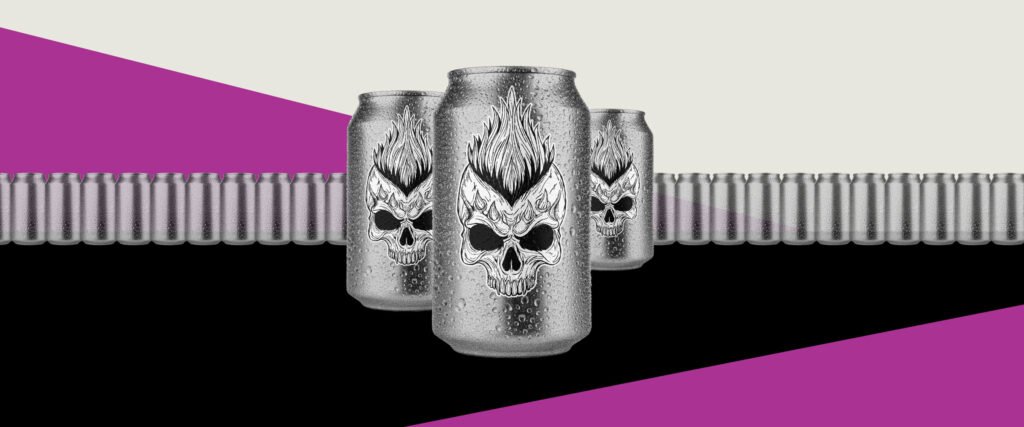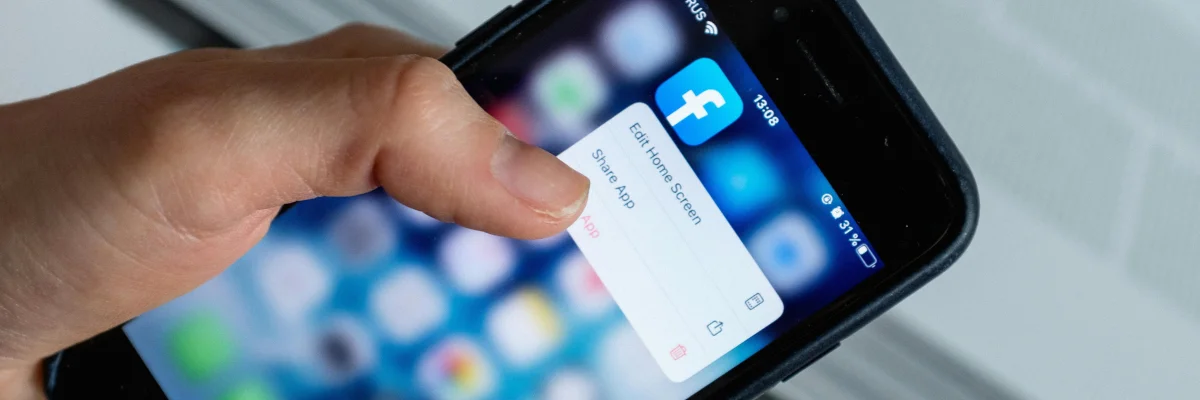
The positioning orthodoxy is backwards. Business strategists obsess over differentiation, uniqueness, and innovation but the most successful brands feel obvious in retrospect. They don’t win by being different; they win by being inevitable. The moment customers discover them, the choice feels predetermined.
The Cognitive Ease of Market Leaders
This isn’t an accident, it’s applied psychology. Research by psychologist Daniel Kahneman on cognitive ease reveals that people prefer options that require less mental effort to understand and justify. When brands feel “obvious,” they’re actually leveraging cognitive ease to reduce decision friction.
Consider Apple’s market positioning. Their products aren’t the most innovative, they’re the most intuitive. The iPhone wasn’t the first smartphone; it was the first smartphone that felt inevitable. The moment users held it, alternative options felt unnecessarily complicated.
The Recognition vs. Recall Advantage
Traditional positioning strategies optimize for recall being remembered when customers think of a category. But recognition is more powerful than recall. Recognition happens when customers immediately understand why your solution fits their situation without conscious evaluation.
This is why Amazon dominates e-commerce. They didn’t create the most innovative shopping experience they created the most obvious one. When people need to buy something online, Amazon feels like the natural first choice, not because they’re unique, but because they’re systematically convenient.
The Strategic Framework: Inevitability Architecture
Market-leading brands don’t stumble into obviousness they architect it. What I call “inevitability architecture” is the systematic design of positioning, experience, and communication that makes customer choice feel predetermined rather than comparative.
Inevitability architecture has three foundations:
Problem Clarity: The brand identifies and articulates customer problems more precisely than alternatives, making their solution feel purpose-built.
Solution Simplicity: The offering is structured to minimize cognitive load while maximizing perceived value.
Context Alignment: The brand shows up in the right place, at the right time, with the right message consistently.
The Positioning Paradox: Constraint Creates Clarity
The brands that feel most inevitable are often the most constrained. They don’t try to serve everyone—they serve specific customers exceptionally well. This strategic constraint creates market clarity that broadly positioned competitors can’t match.
Consider how Slack positioned itself against email. They didn’t claim to be better communication software—they claimed to be the solution for team collaboration specifically. This constraint made their value proposition immediately obvious to their target market while creating competitive barriers that generic communication tools couldn’t overcome.
Moving from Clever to Clear
The future belongs to brands that prioritize clarity over cleverness. The most sophisticated positioning doesn’t feel sophisticated, it feels simple. It doesn’t require explanation because it aligns perfectly with customer understanding and market reality.
Because the goal isn’t to be remembered for being different. It’s to be chosen for being obvious.
About the Author

Kirt P, is pioneering the convergence of brand strategy and product development in an era where customer experience defines market winners. Through his work across Fortune 500 enterprises and breakthrough startups, Kirt has developed a methodology that transforms products into brand ambassadors where every feature becomes a strategic statement and every interaction reinforces market positioning. He’s redefining how brands enter markets by creating products that don’t just serve customers, but shape cultural conversations. Kirt believes the future belongs to brands that embed their strategic vision directly into product DNA, making differentiation impossible to replicate and customer loyalty inevitable.





